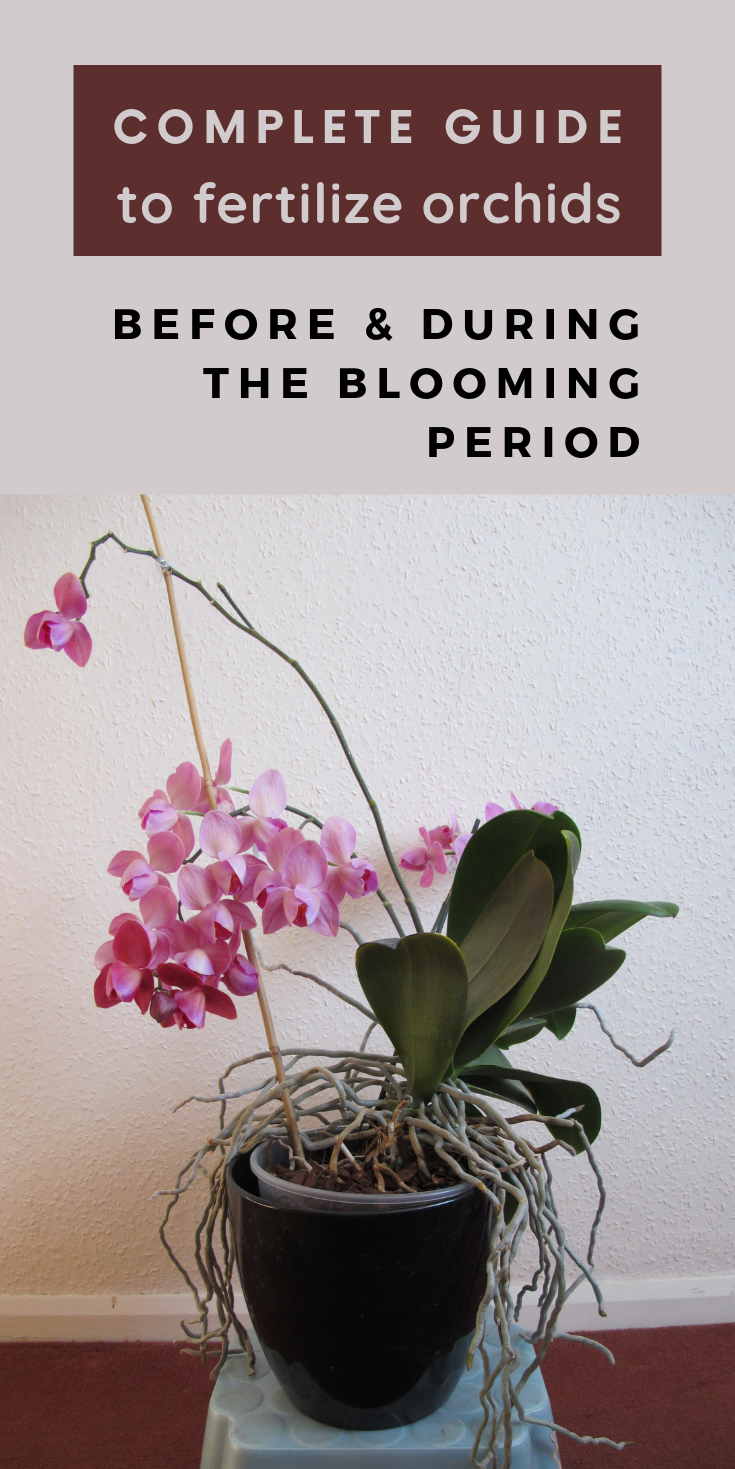If you don’t fertilize orchids, well, they won’t bloom or grow. On the other hand, if you add too much fertilizer, the roots and leaves may suffer minor burns, and blossoming won’t occur anymore.
In this concern, I decided to offer some priceless information, collected from orchid breeders, about proper orchid fertilization.
Orchid fertilization rules:
1. Use special fertilizer for orchids, because chemical dosing is done in accordance with their needs.
2. Read the instructions on the fertilizer container carefully before purchasing or before planting.
3. Respect the prescribed doses, word by word.
4. The fertilizer must contain nitrogen, phosphorus, potassium and iron for a proper blooming.
5. The plant should be watered before adding.
6. Never apply undiluted fertilizer. If you use liquid fertilizer, you should dilute it, and if you use granulated fertilizer, dissolve it in the recommended water dose.
Important! If you apply undiluted fertilizer, the plant may suffer severe burns.
7. If you use mask-pots, after watering and fertilization, make sure that water won’t drain from pots or to stagnate in the pot plate.
Tips for experienced orchid breeders
1. The ratio between nitrogen, phosphorus and potassium found in orchid’s fertilizers can vary depending on plant activity.
2. Orchids that have growing leaves must receive a more nitrogen-containing fertilizer.
3. Also, the species that are cultivated on pine bark substrate (Orchid faleno, for example) need more nitrogen because the bacteria that decompose the substrate consume the existing nitrogen, and the plant won’t have enough nitrogen for its development.
4. When flowering triggers, the amount of nitrogen administered should be reduced in potassium and phosphorus, because these two chemical elements are responsible for abundant flowering.












0 Comments